Top 10 Best Universities In The World 2022
 |
| Best Universities in the World for 2022 - Photo KnowInsiders |
It is extremely important to research thoroughly about the different universities and colleges and finding the right one that aligns with your course preferences, interests and career aspirations. With more and more students are aspiring to study abroad and gain international, there are numerous academic institutions across the globe that are offering a plethora of courses in almost every field of study.
The recently released QS World University Rankings 2022 features an incredible 1,300 universities, a 10 percent increase from last year, making it QS’ biggest ranking yet.
MIT - Best University for a 10th Consecutive Year
The best university in the world, for a 10th consecutive year, is Massachusetts Institute of Technology (MIT) which earns perfect scores across the research and the employability indicator.
In order to find the top universities in the world, there are varied parameters that need to be assessed. These parameters range from academic reputation, teaching, student to faculty ratio, alumni, employer reputation, awards, amongst others. To help you explore the best academic institutions across the globe, we have enlisted the top universities in the world in 2022:
| Top Universities in the World | QS World Rankings 2022 | THE World University Rankings 2021 |
| Massachusetts Institute of Technology, USA | 1 | #5 |
| University of Oxford, UK | 2 | #1 |
| Stanford University, USA | =3 | #2 |
| University of Cambridge, UK | =3 | #6 |
| Harvard University, USA | 5 | #3 |
| California Institute of Technology(Caltech) | 6 | #4 |
| Imperial College London, UK | 7 | #11 |
| ETH Zurich- Swiss Federal Institute of Technology | =8 | #14 |
| University College London, UK | =8 | #16 |
| University of Chicago, USA | 10 | #11 |
10. University of Chicago, USA
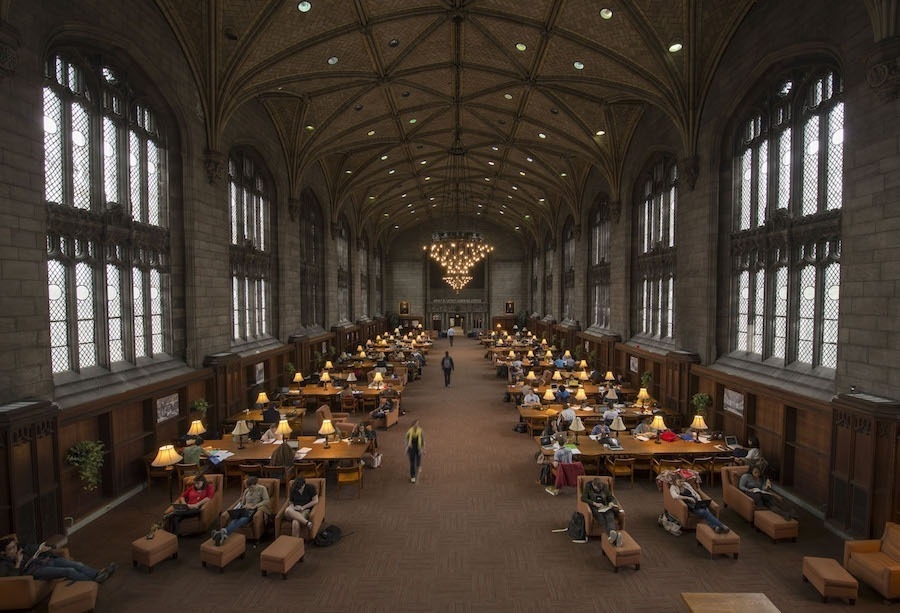 |
| Photo Wiki |
UCL is one of the world’s leading multi-disciplinary universities, with more than 11,000 staff and 39,000 students from 150 different countries. Founded in 1826 in the heart of London, and became one of the two founding institutions of the University of London. UCL was the first university in England to welcome students of any religion and the first to welcome women on equal terms with men.
UCL's founding principles of academic excellence and research aimed at addressing real-world problems continue to inform its ethos to this day through focusing its research endeavours on the Grand Challenges of Global Health, Sustainable Cities, Cultural Understanding, Human Wellbeing, Transformative Technology, and Justice & Equality.
UCL’s dedication to world-class research, education and innovation is recognised through its top seven world ranking(Opens in new window). In the most recent Research Excellence Framework, UCL was the top-rated university in the UK(Opens in new window) for research strength.
The expertise of UCL’s world-leading academics is applied in the ongoing development of degree programmes, broadly grouped in the Faculties of Arts and Humanities, Brain Sciences, Built Environment, Engineering Sciences, Laws, Life Sciences, Mathematical and Physical Sciences, Medical Sciences, Population Health Sciences, Social and Historical Sciences, as well as the Institute of Education.
8. University College London, UK
Established in 1856, the University of Chicago is a private research university based in the urban center of Chicago, the third most populous city in the United States. Outside of the Ivy League, Chicago is one of America’s top universities, and holds top-ten positions in various national and international rankings.
Beyond the arts and sciences, Chicago has a glowing reputation for its professional schools, including the Pritzker School of Medicine, the Booth School of Business, and the Harris School of Public Policy Studies. University of Chicago alumni are responsible for the development of many academic disciplines, such as sociology, economics, law, and literary criticism.
The college’s crest sees a phoenix rising from the ashes, a reference to the fire, foreclosure, and demolition of the Old University of Chicago campus, with the current University of Chicago emerging triumphantly in its place in 1890. The old university was founded through a land endowment from the controversial senator Stephen Douglas, a supporter of slavery who authored the Kansas-Nebraska act. By contrast, the new University of Chicago was co-educational and funded through donations from wealthy Chicagoans and the oil magnet John D. Rockefeller.
| Today, the University of Chicago has approximately 16,000 students enrolled, with a male to female ratio of 56:44. A quarter of all students hail from overseas, a nod to the institution’s progressive credentials. Students run more than 400 clubs and societies, which consist of a typical mix of sports teams, arts, cultural and religious groups, academic and political groupings, and societies that promote eclectic common interests. Among the more famous examples are the University of Chicago bowl team, which has won 118 tournaments and 15 national championships, while the university's competitive Model United Nations team was the top ranked team in North America in 2013–14 and 2014–2015. |
If you have an interest in media and film, then you’re well catered for: the university is home to the longest continuously running student film society Doc Films and publishes several newspapers and magazines. Budding thespians can join renowned improvisational theater troupe Off-Off Campus or learn how to broadcast at the university-owned radio station WHPK.
Notable faculty members past and present include 29 Nobel laureates and former US president Barack Obama. Illustrious alumni come in practically every field, including the novelists Philip Roth and Saul Bellow, political movers and shakers such as pollster Nate Silver and Obama strategist David Axelrod, pioneering balloonist Jeannette Piccard, and the fictional archaeologist Indiana Jones.
8. ETH Zurich- Swiss Federal Institute of Technology
The university, officially called the Swiss Federal Institute of Technology Zurich in English, has 16 departments that offer academic education and conduct scientific research in subjects ranging from engineering and architecture to chemistry and physics.
Education at ETH Zurich combines solid theory with practical application, and most degree programs build on strong mathematical foundations. For undergraduates the main teaching language is German, while most master's programs and doctoral studies are in English.
Located in Zurich, Switzerland's largest city, ETH Zurich has two main locations: in downtown Zurich and on a modern campus built on a hill in the outskirts of the town. Students at ETH face an intensive workload, but they can still find time for cultural and other leisure activities and for attending the many regular symposia and conferences on campus, where some of the best minds in science come to speak.
ETH students like to exercise their bodies as well as their minds, and there is a wealth of various sports on offer on campus. The largest annual event is the SOLA relay race , taking place in 14 sections over a total distance of 140 kilometers. More than 900 teams have been known to take part at once in the annual spectacle.
Since the 1880s, students have also been able to show off their best moves at the Polyball, a classic ball event, featuring live music by several orchestras and bands. Every November, 10,000 dancers, music-lovers and partygoers descend on ETH’s extensively decorated main building for what is usually an unforgettable night.
7. Imperial College London, UK
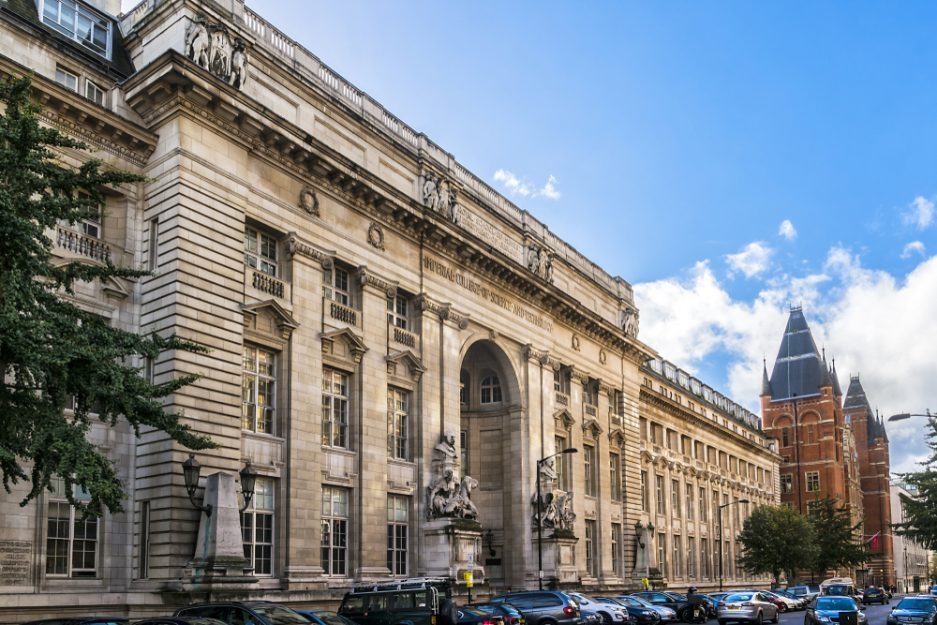 |
| Photo Your Dream School |
Imperial College London is a one-of-a-kind institution in the UK, focusing solely on science, engineering, medicine and business. Imperial offers an education that is research-led, exposing you to real world challenges with no easy answers, teaching that opens everything up to question and opportunities to work across multi-cultural, multi-national teams.
Imperial is based in South Kensington in London, in an area known as ‘Albertopolis’, Prince Albert and Sir Henry Cole’s 19th century vision for an area where science and the arts would come together. As a result, Imperial’s neighbors include a number of world leading cultural organizations including the Science, Natural History and Victoria and Albert museums; the Royal Colleges of Art and Music; the English National Ballet; and the Royal Albert Hall, where all of their students also graduate.
There is plenty of green space too, including two Royal Parks (Hyde Park and Kensington Gardens) within 10 minutes’ walk of campus. Travel to and from the area is also really easy as it’s served by three Tube lines and many bus routes.
One of the most distinctive elements of an Imperial education is that students join a community of world-class researchers. The cutting edge and globally influential nature of this research is what Imperial is best known for. It’s the focus on the practical application of their research – particularly in addressing global challenges – and the high level of interdisciplinary collaboration that makes their research so effective.
The number of award winners, Nobel Prize holders and prestigious Fellowships (Royal Society, Royal Academy of Engineering, Academy of Medical Sciences) amongst their staff is a testament to the outstanding contributions they have made in their respective fields.
| Imperial is one of the most international universities in the world, with 59% of its student body in 2018-19 being non-UK citizens and more than 140 countries are currently represented on campus. Meanwhile, the College’s staff, like their students, are diverse in their cultural backgrounds, nationalities and experiences. |
6. California Institute of Technology(Caltech)
Caltech has a high research output as well as many high-quality facilities such as the Jet Propulsion Laboratory (owned by NASA), the Caltech Seismological Laboratory, and the International Observatory Network. It’s among a small group of institutes of technology in the United States primarily devoted to teaching technical arts and applied sciences, and its fiercely competitive admissions process ensures only a small number of the most gifted students are admitted.
The university was founded as a preparatory and vocational school by Amos G. Throop in 1891, with the mission “to expand human knowledge and benefit society through research integrated with education”. It became a major hub of US scientific research in the early 20th century and was instrumental to the United States’ war effort during World War II.
Today, it is home to the Einstein Papers Project, an initiative seeking to preserve, translate and publish selected papers from the estate of Albert Einstein. It has also established an energy innovation hub that aims to discovery revolutionary methods of generating fuels directly from sunlight.
Caltech’s 124-acre campus is within walking distance of Old Town Pasadena and the Pasadena Playhouse District, and the two locations are frequent getaways for students. Life on campus is rich with social activities, clubs, associations and recreational facilities. Intercollegiate sport is taken very seriously, with the Caltech Beavers (the beaver – nature’s engineer – is the college’s mascot) competing in 13 intercollegiate sports.
Caltech also offers excellent opportunities for the study and performance of music, theater, and the visual arts, all activities that play a vital role in realizing Caltech’s mission to role in realizing the Institute's mission of "educating outstanding students to become creative members of society". Providing a touch of grandeur, the Athenaeum is a stately building in the center of the campus where members can go for formal and informal dining, meetings, rendezvous and private parties.
The balance at Caltech between a rigorous academic curriculum and activities that promote personal development ensures time spent there for students is both formative and an invaluable staging post to a successful career. Although it may lack the reputation of Ivy League universities or the likes of Oxford and Cambridge, Caltech is undoubtedly one of the best universities in the world, a fact reflected in all the university rankings, which regularly single out technology and engineering as the school’s key academic strengths.
5. Harvard University, USA
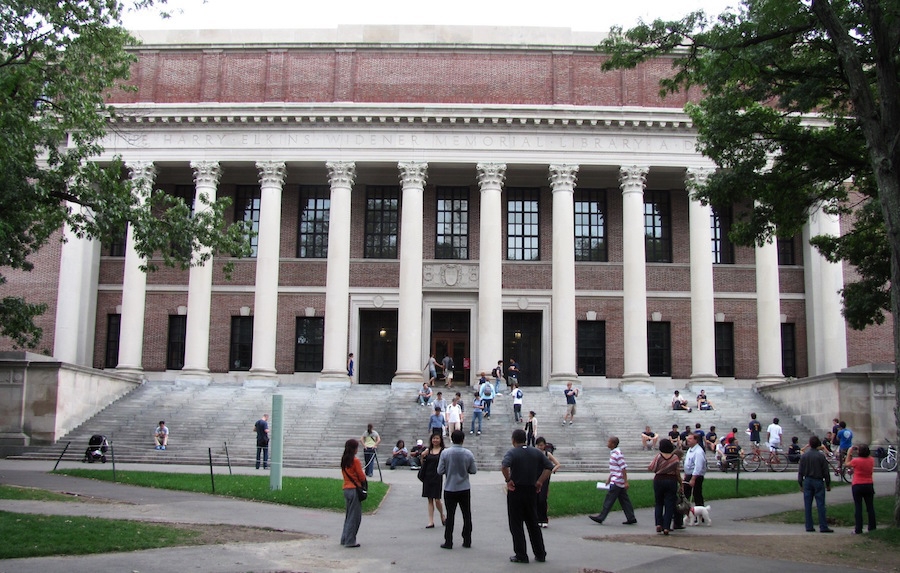 |
| Photo VnExpress |
Established in 1636, Harvard is the oldest higher education institution in the United States, and is widely regarded in terms of its influence, reputation, and academic pedigree as a leading university in not just the US but also the world.
Located in Cambridge, Massachusetts, three miles north-west of Boston, Harvard’s 209-acre campus houses 10 degree-granting schools in addition to the Radcliffe Institute for Advanced Study, two theaters, and five museums. It is also home to the largest academic library system in the world, with 18 million volumes, 180,000 serial titles, an estimated 400 million manuscript items and 10 million photographs.
Like most of the United States’ pre-Civil War colleges, Harvard was founded to train clergy, but Harvard’s curriculum and student body quickly secularized, and in the 20th century admissions policy was opened up to bring in a more diverse pool of applicants.
Now, a total of 21,000 students attend the university, each of whom at some point can be seen bustling past the famous statue of John Harvard, the university’s first benefactor and founder, which looks on benignly in the center of the campus. The bronze statue’s gleaming foot is due to almost incessant rubbing by tourists and students, who believe the act brings good luck.
Only the academic elite can claim a place at Harvard, and the nominal cost of attendance is high – though the university’s hefty endowment is such that it can offer generous financial aid packages, which around 60 per cent of students take advantage of.
As freshmen, students live in one of the dormitories in Harvard Yard, a prime location, and eat in the historic and picturesque Annenberg dining hall. Harvard students are active around and beyond campus, with over 400 official student societies including extracurricular, co-curricular and athletic opportunities. Whether playing on the field in Harvard Stadium, fostering entrepreneurial activities at the Harvard innovation lab or writing and editing at the daily newspaper the Harvard Crimson, student life is a rich and rewarding experience.
| Harvard's alumni include eight US presidents, several foreign heads of state, 62 living billionaires, 359 Rhodes Scholars, and 242 Marshall Scholars. Whether it be Pulitzer Prizes, Nobel Prizes, or Academy Awards, Harvard graduates have won them. Students and alumni have also won 108 Olympic medals between them. The university is regularly ranked number one in the world, and the consistency of its chart-topping performances shows that success is yet to breed complacency. |
READ MORE: Top 30 Most Famous Havard Students Of All Time
3. University of Cambridge, UK
Located in the center of the ancient city of Cambridge, 50 miles north of London, the University of Cambridge is a collegiate public research institution that serves more than 18,000 students from all corners of the globe.
The university consists of numerous listed buildings and is divided into 31 autonomous colleges, with many of the older ones situated on the famous river Cam. Applications are made directly to the individual colleges, rather than to the university overall. You can live and are often taught within your college, receiving small group teaching sessions known as college supervisions.
Six academic schools – Arts and Humanities, Biological Sciences, Clinical Medicine, Humanities and Social Sciences, Physical Sciences, and Technology – are spread across the university’s colleges, housing roughly 150 faculties and other institutions.
Founded in 1209, the University of Cambridge’s 800-year history makes it the fourth-oldest university in the world and the second-oldest university in the English-speaking world. Cambridge students make up 20 percent of the town's population and most of the older colleges are situated near the city center. Its notable buildings give the city of Cambridge a unique character, and include King's College Chapel, the history faculty building designed by James Stirling and the Cripps Building at St John's College.
Cambridge is widely acknowledged as a vibrant place to be a student. On the academic side, the university is home to over 100 libraries, which hold more than 15 million books in total. There are also nine world-renowned arts, scientific and cultural museums such as Kettle’s Yard and the Fitzwilliam Museum, which are open to the public throughout the year, as well as a botanical garden.
Extracurricular activities give you the chance to get involved with anything from the university’s renowned student drama societies, which spawned the likes of comedy group Monty Python, to music, politics and hundreds of other clubs and societies. The sports scene at Cambridge is huge too, with state-of-the-art facilities and over 80 sports on offer with teams for novices and experts alike.
With its reputation for academic excellence and traditional scholarly values, the University of Cambridge often ranks among the very top universities in the world for teaching, research, and international outlook. The university has educated eminent mathematicians, scientists, politicians, lawyers, philosophers, writers, actors and heads of state. Ninety-eight Nobel laureates and 15 British prime ministers have affiliations with Cambridge as students, faculty or alumni, including the scientists Francis Crick and Frederick Sanger.
3. Stanford University, USA
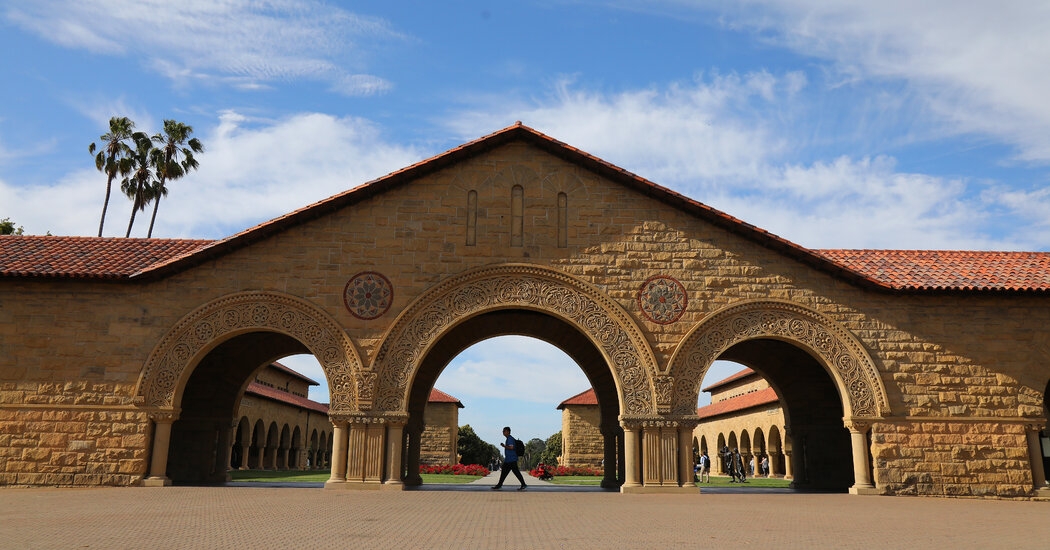 |
| Photo NY Times |
Located 35 miles south of San Francisco and 20 miles north of San Jose, Stanford University is in the heart of Northern California’s dynamic Silicon Valley, home to Yahoo, Google, Hewlett-Packard, and many other cutting-edge tech companies that were founded by and continue to be led by Stanford alumni and faculty. Nicknamed the “billionaire factory”, it is said that if Stanford graduates formed their own country it would boast one of the world’s largest ten economies.
Covering 8,180 acres, Stanford has one of the largest university campuses in the US, with 18 interdisciplinary research institutes and seven schools: the Graduate School of Business; School of Earth, Energy & Environmental Sciences; Graduate School of Education; School of Engineering; School of Humanities and Sciences; Law School; and School of Medicine.
Stanford University was founded in 1885 by California senator Leland Stanford and his wife, Jane, to “promote the public welfare by exercising an influence in behalf of humanity and civilization”. The couple’s only child had died of typhoid, and their decision to build a university on their farm was intended as a memorial. From the start the university was non-sectarian, co-educational and affordable, teaching both the traditional liberal arts and the technology and engineering that was shaping the new America at the time.
Fast forward more than a century, and Stanford counts 19 Nobel laureates within its community and is regularly ranked among the top three universities in the world. Nicknamed “The Farm” from the days when horses roamed there, Stanford’s campus is now a thriving community of more than 11,000 creative and accomplished people from around the world. Nearly all undergraduate and 60 per cent of graduate students live on campus, so it is hardly surprising that student life is rich and diverse, with over 625 organized student groups.
| Sport is popular, with students, faculty and staff enjoying state-of-the-art recreational facilities and wellness programs. Stanford students compete in 36 varsity and 32 club sports, including baseball, football, basketball, and squash. Sports teams are referred to as the “Stanford Cardinal”. |
Stanford also has a rich tradition of fostering creativity and the arts: there is a vibrant campus arts district and two world-class museums which host regular exhibitions. Eight dining halls, a teaching kitchen and organic gardens provide the campus community with healthy, sustainable meals. The close-knit communal nature of life on campus has even given rise to “Stanford speak”, a special language only spoken on campus.
2. University of Oxford, UK
 |
| Photo University of Oxford |
The University of Oxford is the oldest university in the English-speaking world, and is actually so ancient that its founding date is unknown – though it is thought that teaching took place there as early as the 11th century.
It’s located in and around the medieval city center of Oxford, dubbed “the dreaming city of spires” by the 19th century poet Matthew Arnold, and comprises 44 colleges and halls as well as the largest library system in the UK.
There are 22,000 students at Oxford in total, around half of whom are undergraduates, while 40 per cent are international students. A quarter of the city of Oxford’s residents are students, giving the city the youngest population in the UK.
The University of Oxford does not have a main campus, its buildings and facilities instead being scattered around the medieval city center. Its colleges each have a distinctive character and traditions often dating back centuries. Colleges are self-governing institutions to which students usually apply directly. There are four academic divisions within Oxford University: Humanities, Mathematical, Physical and Life Sciences; Medical Sciences; and Social Sciences. The university’s particular strength is the sciences, and it is ranked number one in the world for medicine.
Oxford is a youthful and cosmopolitan city with plenty to see and do. There are dozens of historic and iconic buildings, including the Bodleian Libraries, Ashmolean Museum, Sheldonian Theatre, the cathedral, and the colleges themselves.
Students can choose to spend their time studying or avail themselves of the many extracurricular activities available. There’s a strong musical life at Oxford, with clubs and societies spanning all genres, from jazz, through to classical and folk. Oxford is also ranked highly for sport, with its top rowers taking part every year in the world-famous boat race with the University of Cambridge on the River Thames. Drama lovers are also well catered for, with one of the largest and most vibrant university drama scenes in the country.
| Oxford has an alumni network of over 250,000 individuals, including more than 120 Olympic medalists, 26 Nobel Prize winners, seven poets laureate, and over 30 modern world leaders (including Bill Clinton, Aung San Suu Kyi, Indira Ghandi and 26 UK Prime Ministers). It has a friendly rivalry with Cambridge for the title of best university in the UK and is regularly ranked as being one of the top three universities in the world. Notable Oxford thinkers and scientists include Tim Berners-Lee, Stephen Hawking and Richard Dawkins. |
1.Massachusetts Institute of Technology (MIT), Cambridge United States
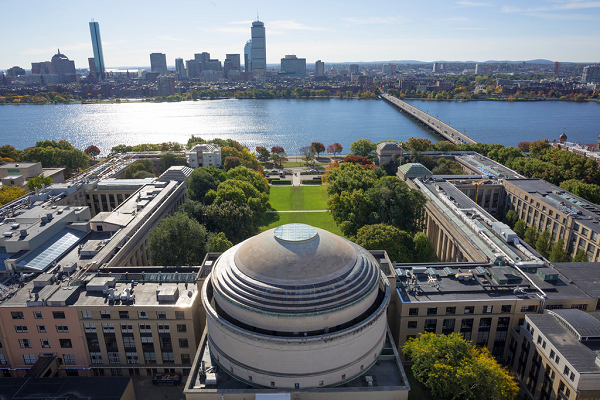 |
| Photo Shiksha Study Abroad |
The Massachusetts Institute of Technology (MIT) is an independent, coeducational, private research university based in the city of Cambridge, Massachusetts.
Established in 1861, MIT aims to ‘further knowledge and prepare students in science, technology and other fields of study that will best benefit the nation and the world today’. Its motto is Mens et Manus, which translates as “Mind and Hand”.
The university lays claim to 85 Nobel Laureates, 58 National Medal of Science winners, 29 National Medal of Technology and Innovation winners and 45 MacArthur Fellows. Among its impressive alumni is Kofi Annan, former secretary-general of the United Nations.
Scientific discoveries and technological advances accredited to MIT include the first chemical synthesis of penicillin, the development of radar, the discovery of quarks, and the invention of magnetic core memory, which enabled the development of digital computers.
MIT is currently organised into five different schools: architecture and planning, engineering, humanities, arts and social sciences, management and science.
It is home to around 1,000 faculty members and over 11,000 undergraduate and graduate students. MIT’s current areas of research include digital learning, sustainable energy, Big Data, human health and much more.
In addition to its emphasis on innovation and entrepreneurship, MIT also boasts a diverse and vibrant campus environment with a wide array of student groups. The campus is arranged over 168 acres within Cambridge, and features 18 student residences, 26 acres of playing fields, 20 gardens and green-space areas, as well as over 100 public works of art.
MIT estimates that all its living alumni have between them launched more than 30,000 active companies, created 4.6 million jobs and generated roughly $1.9 trillion in annual revenue.
Taken together, this ‘MIT Nation’ is equivalent, they say, to the 10th-largest economy in the world.
| COVID-19 Information: MIT has cancelled information sessions and tours for prospective students. The on-campus admissions office is also closed indefinitely, although they are still answering emails and phone calls. The university has assured students whose education has been interrupted by COVID-19 that they will not be penalized in the admissions process. MIT will also not host or sponsor any in-person K-12 student programming through the summer of 2020. Instead, efforts are being made to ensure students and their families can learn everything they need to about campus. |
 Top-Paying Jobs NO a University Degree in Australia Top-Paying Jobs NO a University Degree in Australia It is understandable that it feels like everyone telling you to go to university and get a degree for earning a decent income. |
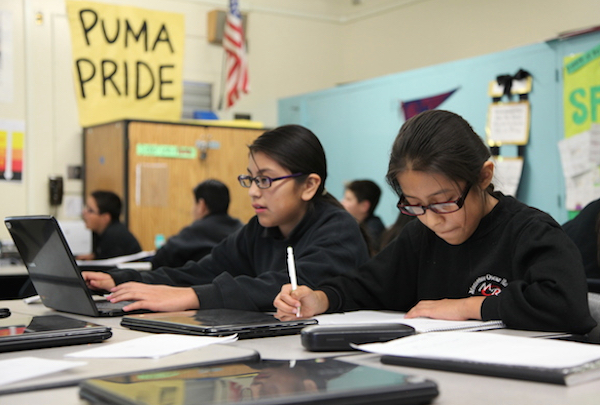 Facts about the Federal money to help private school vouchers amid Covid-19 Facts about the Federal money to help private school vouchers amid Covid-19 US President Donald Trump has signed an executive order this Monday asking to use dollars from the federal anti-poverty program to help the poor family ... |
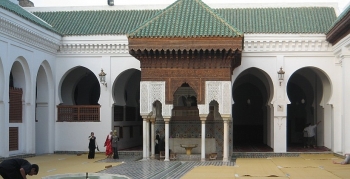 What is the First University in the World What is the First University in the World The First University in the World: Over the centuries, the University of Al-Karaouine became a key spiritual and educational ... |



























